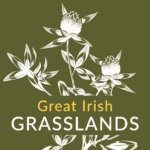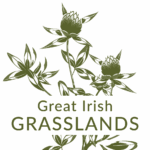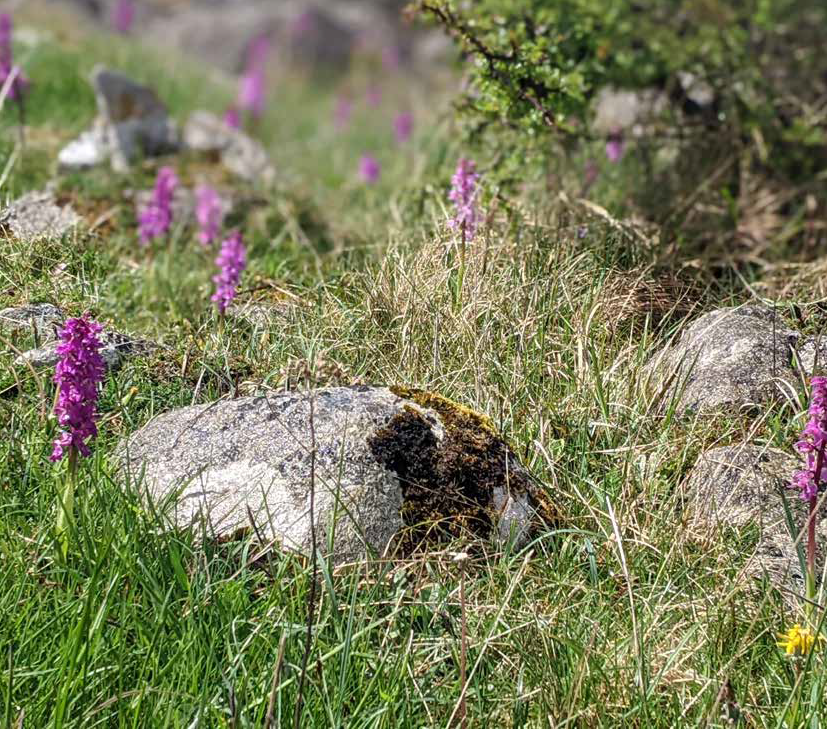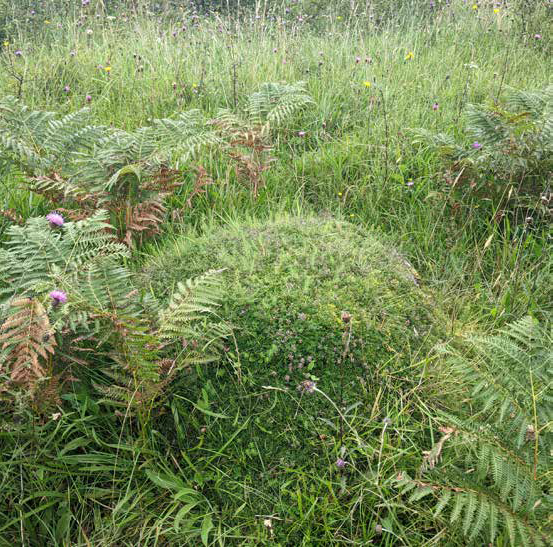Large areas of species-rich calcareous grassland are found in this area. Many orchid species have been recorded including – Common
Spotted-orchid, Frog Orchid, Heath Fragrant-orchid, Heath Spottedorchid and Lesser Butterfly-orchid. A succession of flowers bloom from early spring until autumn, including Primroses, Mouse-ear-hawkweed, Lady’s Bedstraw, Wild Thyme, Common Bird’s-foot-trefoil and Common Knapweed. Rarer species like Mountain Everlasting, Kidney Vetch, Carline Thistle, Rough Hawkbit, Burnet-saxifrage and Fairy Flax are also found. It is thus not surprising that it is a haven for wildlife, with insects, birds and mammals found throughout.
The landscape is like a time capsule, a glimpse of what was once widespread in South Roscommon. This is directly linked to the sensitive management and traditional farming practices of the local farming families over many generations, and it is worth protecting for the generations that come next. Cattle are allowed to graze the land through the winter months, and are taken off in early spring. In late August, some light grazing takes places with daily monitoring of the herd. This landscape supplies fresh drinking water to a large catchment area in Roscommon.



